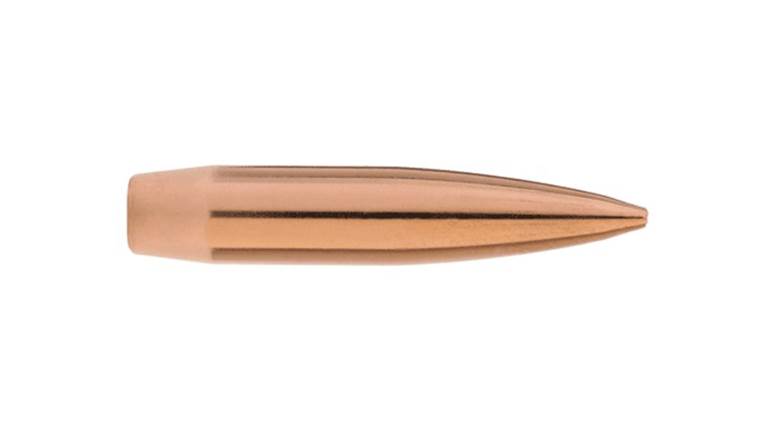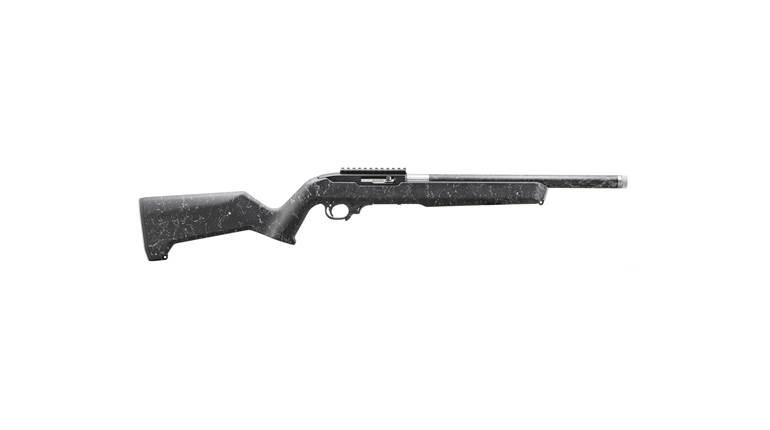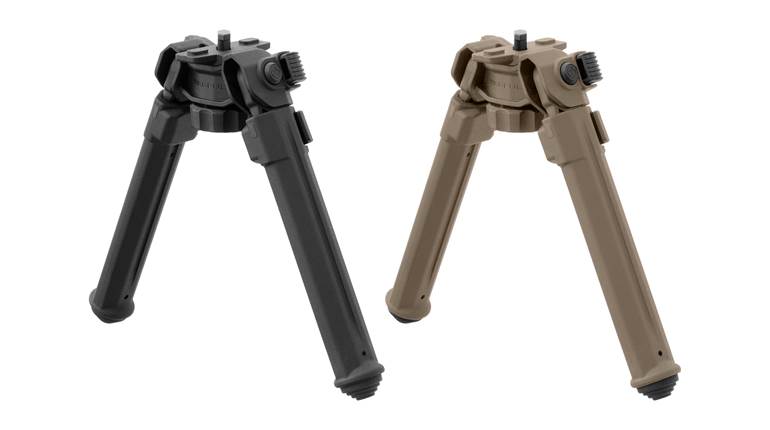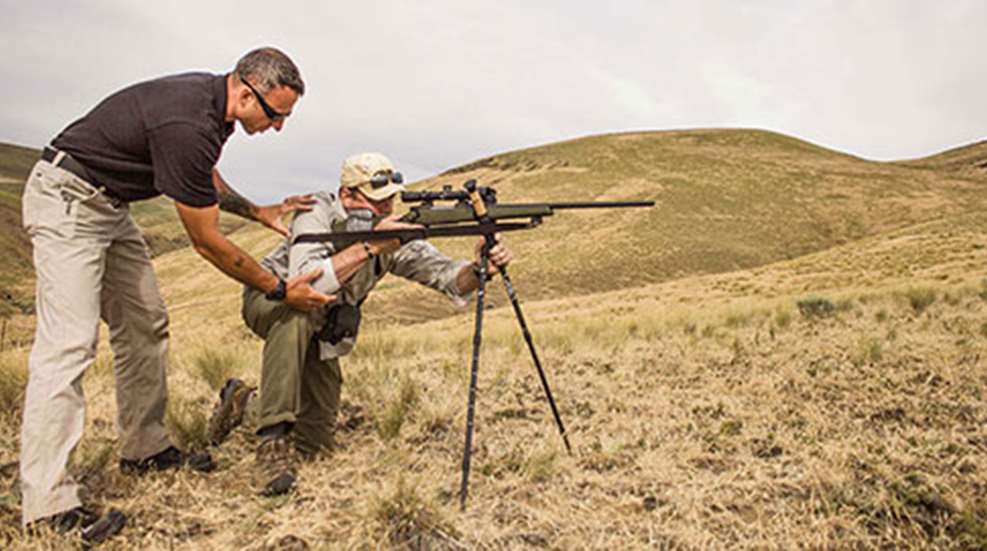
Traditionally, firearm training available to citizen shooters has encompassed the basic fundamentals (on which NRA’s basic rifle class does an excellent job) and, more recently, tactical applications. Hunters wanting to learn to shoot better, or at farther distances, had to learn on their own or attend a tactical course not applicable to their needs. Magpul Dynamics recognized the need for such training and developed a two-day course tailored to the hunter.
Credit goes to Magpul’s Director of Precision Rifle Training, Caylen Wojcik. Wojcik served eight years as a Marine scout-sniper and part of that time as an instructor. He’s also a combat veteran whose Marine career ended with injuries received from an enemy rocket during the assault on Fallujah. But Wojcik is still an avid hunter, so he put a lesson plan together, and Magpul jumped on board.
According to Wojcik, the goal is to teach hunters how to shoot more accurately in a hunting environment and to let them establish the limits of their equipment and their shooting skill. It’s not a school where you’re encouraged to shoot an elk at 800 yards. Sure, the mechanics to do that are taught, but the focus is on improving students’ marksmanship while establishing their own outer limits.
I’d previously attended a four-day Precision Rifle Course instructed by Wojcik, which is also part of the Magpul Dynamics’ training calendar, and that convinced me that he is a talented firearm instructor-one who has the ability to craft his message to individual students. Firearm instructing is a two-part endeavor; knowing and teaching. Shaping your message so it connects with every student is the real talent. Wojcik does this well, and his students learn because of it.
Magpul and Wojcik understand that most hunters are short on two things-time and money-so the challenge was putting together an educational, affordable and short lesson plan. Students would need to be fed information like it was coming out of a fire hose and their days on the range could not be spent lollygagging. The course is primarily offered just outside of Yakima, Wash., but can be taken to any suitable range with enough students willing to learn.
Day one focuses on the fundamentals of rifle marksmanship, equipment, ballistics and on obtaining a proper zero. Then students began obtaining “DOPE” (Data On Previous Engagement) for their rifle/ammunition combinations. During the exercise they’ll work out to about 800 yards on steel targets. While students are doing that and learning how to read wind, Wojcik works the line tweaking technique, answering questions, identifying equipment issues and doing what he does best: teaching. All shooting on the first day is done from the prone position; you won’t see a shooting bench in this class. The day ends with more ballistic lecture and a valuable after-action review (AAR) in which each student participates.
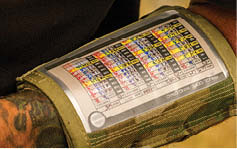
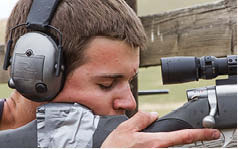
The final day starts with zero confirmation, more prone shooting at steel and continued coaching from Wojcik and his assistant instructor, Tim Estell, who is also a Marine sniper with combat experience. That allows students to verify and fine tune their DOPE. Next, things get interesting. For the rest of the day students are subjected to situations replicating what might be encountered while hunting. They’ll shoot from standing, kneeling and seated supported positions. They’ll use fences, logs and a variety of objects for support. And, by the end of the day, most will be getting hits on 12" targets out to around 700 yards. What I heard during that last AAR reflected the success of the training. One student said prior to the class that he felt his maximum practical range was about 200 yards. Now he said he felt comfortable out to about 350 yards. Another admitted his big, booming .300 Wby. Mag. might have been a bit too much gun. And one young man honestly admitted this was the most shooting he’d ever done in two days, and that it was amazing what the instruction did for his consistency and confidence.
I felt the proper instruction on how to shoot from the positions other than prone was a tremendous asset. Having hunted a lot, I’ve found that the prone shot presents itself the least. Being able to assume stable sitting, kneeling and standing supported positions can make or break your hunt. Shooting from those positions out beyond 700 yards. and getting hits increases your confidence when shooting at more sensible hunting ranges.
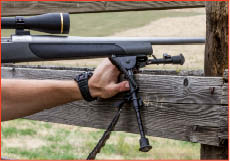
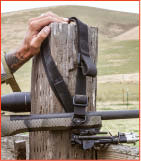
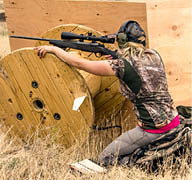
Having attended many firearm training courses, I’ve learned that its not necessary or possible to try to retain and apply everything you’re taught. And in truth, everything doesn’t work for every shooter. So, in addition to the curriculum I always try to pick up tips, tricks and techniques from the instructors I can put in my shooting toolbox. With an instructor like Wojcik, it was easy to get that toolbox almost full. Here are some examples.
If you plan to hunt with a bipod, it needs to be rugged because to properly use a bipod you need to “load” it by leaning into it with your body weight. That will better stabilize the launch platform, and a cheap bipod will fail under pressure (like mine did). So will bipods with rubber feet. Bipod feet need to be sharp so they can dig into the dirt or the log you’re shooting across.
Wojcik customized the Harris bipod on his hunting rifle with the pointy Fang Bipod Feet from High Speed Shooting Systems, and he also showed us another neat bipod trick. Deploying a bipod on a hunting rifle can sometimes be difficult depending on what position you’re in. Wojcik’s simple solution was to tie a section of para-cord between the bipod legs. This allows him to grab the cord and deploy both legs at once-from about any position.
Wojcik is also a fan of using a camera tripod as a rest. They’re a bit heavy but make for a stable shooting platform. By combining a tripod with a unique tool from Shadow Tech called the Hog Saddle-which, by the way, was designed by a Marine sniper-you can create a very sturdy supported shooting position. And, since tripods are adjustable, they’ll work from the standing, kneeling or seated positions.
Some shooters like to tape a card with their DOPE on their buttstock; however, if you hunt hard, rifles get roughed up and you could lose this data. A solution: the Sunrise Tactical Arm Board/Wrist Coach, which is a Cordura band that will allow you to insert your DOPE card behind a 20-gauge clear vinyl window. You wear the band on your support arm, which can be more accessible than having it on your rifle.
Using a sling to stabilize your shooting position is commonly done but most hunters use it on their support arm. It can also work on your shooting arm but in either case it needs to be tight. With a quick-adjusting sling like the Magpul Multi-Mission sling, you can pull it tight behind your shooting elbow and high into the armpit to provide you with a more rigid shooting platform.
It’s a fact that most rifles don’t fit most hunters. We’re all built differently, and manufacturers design rifles to fit the average shooter, whoever that is. Working with your natural point of aim is critical when shooting, and it’s impossible if your rifle doesn’t fit. Short of an adjustable cheekpiece, you can build up the stock’s comb with foam and tape until the proper fit is achieved.
The coolest trick I learned was how to use two adjustable trekking poles for shooting support. By looping the wrist straps of each pole over the handle of the other pole, and then crossing the poles, you create a cradle for the rifle. The height can be adjusted for the kneeling or seated position and looping up with the sling really tightens everything up. This is an incredibly stable position and particularly applicable to mountain hunters or anyone who uses walking sticks while hunting.
And finally, I learned the same thing I learn at every good shooting school, and it’s that the fundamentals matter most. If you don’t apply them properly you’ll miss more than you hit, regardless of how much you paid for your rifle or for your scope. Body position, natural point of aim, sight alignment, trigger control and breathing; the fundamentals are the foundation and you cannot cheat them.
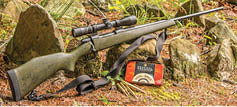
With a tuition fee of $450, this course is a solid value. You’ll get your money’s worth on day one. Day two is the meat of the course, so consider it a bonus. You’ll leave with an elevated confidence in your abilities. You’ll learn things about your equipment and, just as importantly, you’ll have fun.
I know, most hunters learn to shoot from dad or grandpa and in a culture where that’s important it might seem a bit sacrilegious to seek professional instruction from someone else, even a Marine sniper. However, this course would be a great weekend experience for father and son. In fact, a father and son were in my class. I watched them talk, smile and learn together. And maybe what that dad said at the end of the class sums it up best, “I taught my son everything he knows about shooting and hunting, and I’m learning that some of it was wrong. At least, when he teaches his son, he’ll be teaching him the right way. We had a blast!”
Rifle hunting is an integral part of America’s culture, and it’s our duty as hunters to do the best job at it that we can. Shooting straight and within our range limits is part of that. Magpul Dynamics is ready to help you sort it all out.
See more images here in this gallery.
Sources:
Federal, federalpremium.com, (800) 322-2342
High Speed Shooting Systems, highspeedshootingsystems.com, (509) 945-6623
Magpul Dynamics, magpuldynamics.com, (877) 462-4785
Nightforce, nightforceoptics.com, (208) 476-9814
Shadow Tech, hogsaddle.com, (913) 602-0665
Sunrise Tactical Gear, sunrisetacticalgear.com
Weatherby, weatherby.com, (805) 227-2600












